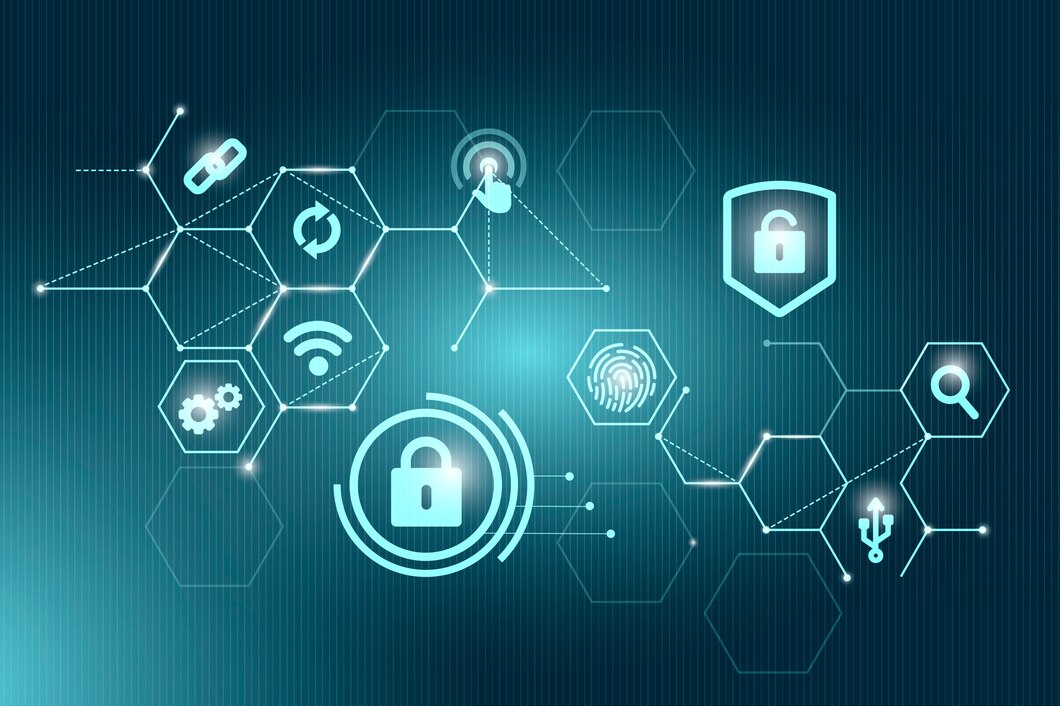In a world where security concerns are ever evolving, the importance of robust physical security measures cannot be overstated. From safeguarding individuals and assets to maintaining the integrity of critical infrastructure, the integration of advanced technologies and strategic innovations is crucial for staying ahead of potential threats.
This blog post delves into some of the latest advancements reshaping the landscape of physical security, highlighting how these innovations can enhance safety and efficiency.
Integrated Security Systems

One of the most transformative trends in physical security is the shift towards integrated systems. Traditional approaches often relied on isolated standalone solutions for surveillance, access control, and alarm systems. Today, modern security infrastructures are increasingly adopting interconnected technologies that allow for seamless monitoring and coordinated responses.
This holistic view of security landscapes facilitates the identification of potential vulnerabilities and streamlines the management of security operations [1].
The Role of Artificial Intelligence

Artificial intelligence (AI) is revolutionizing physical security by introducing capabilities that extend beyond traditional monitoring. AI-enhanced video analytics can now autonomously identify suspicious activities, detect unauthorized entries, and predict potential threats by analyzing behavioral patterns and anomalies.
This proactive approach not only improves situational awareness but also empowers security personnel to act swiftly and decisively, enhancing overall safety [1][6].
Biometric Authentication Technologies

The adoption of biometric authentication, which had been traditionally found in military or government organizations, is on the rise, driven by its ability to offer more secure and efficient access control solutions. Technologies such as fingerprint scanning, facial recognition, and iris scanning authenticate individuals based on unique physiological characteristics, making them more reliable than traditional methods like keycards or passwords.
As biometric technology advances and becomes more accessible and affordable, its integration into security systems is expected to increase, providing a higher level of protection across various applications [1][7].
Cloud-Based Security Solutions

Cloud computing has significantly transformed the deployment and management of physical security systems. Cloud-based solutions provide scalability, flexibility, and remote accessibility, making them suitable for organizations of all sizes. These systems enable real-time data processing and storage in the cloud, allowing security providers to offer immediate insights and updates to clients globally, enhancing responsiveness to security incidents [1][5].
Internet of Things (IoT) and Smart Devices
The integration of the Internet of Things (IoT) in physical security brings a new dimension of intelligence to monitoring and response strategies. IoT devices such as sensors, cameras, and smart locks communicate and collaborate, providing comprehensive coverage and enhanced automation. For instance, smart locks can be operated remotely through smartphone applications, combining convenience with high security [1][5].
Behavioral Analytics

Beyond video surveillance, behavioral analytics are becoming crucial in detecting and addressing security threats proactively. These systems analyze behavioral patterns, such as movement trajectories or irregularities in access logs, to preemptively identify potential security breaches. By leveraging behavioral analytics, security teams can anticipate risks and initiate preventive measures before incidents escalate [1].
Robotic Guarding and Drone Surveillance
The use of drones and robotic guards is transforming physical security practices. Drones provide aerial surveillance, accessing hard-to-reach areas, while robotic guards perform autonomous patrols, reducing the need for human intervention. These technologies not only expand surveillance capabilities but also contribute to a more dynamic and effective security posture [1].
Comprehensive IT Security Integration

As physical security systems increasingly intertwine with IT infrastructure, the importance of robust IT security policies has never been greater. Integrated systems are susceptible to cyber threats if not adequately protected. Implementing strong IT security measures, such as encryption, controlled access, and regular updates, is essential to safeguard sensitive data and prevent unauthorized access [1][8].
Bottom-line
The evolution of physical security is marked by rapid technological advancements and innovative approaches. By integrating state-of-the-art systems, artificial intelligence, biometric technologies, cloud solutions, IoT, behavioral analytics, and robust cybersecurity measures, organizations can effectively protect their assets and stakeholders.
Atlas Aegis is at the forefront of designing comprehensive security programs that harmonize physical and IT security, ensuring all-encompassing protection against evolving threats.
Partner with Atlas Aegis for cutting-edge security solutions tailored to your needs. Contact us today to enhance your organization’s defense against the dynamic landscape of security challenges.





